Charcoal carbonisation is the process of taking organic-rich materials such as wood. It is converted into charcoal through a high temperature pyrolysis process. Moisture and volatile components can be removed. Solid carbon with high calorific value, low ash content, porous, hard and strong adsorption can be obtained. The finished carbon after carbonisation can be applied to baking, water purification, gas purification, furnace charge, fuel and so on. Charcoal carbonisation requires the use of a wood charcoal carbonisation furnace. The main purpose is to control the carbonisation temperature, the material is pyrolysed under oxygen-poor conditions. So that the organic material carbon elements gradually form charcoal.
The chemical reaction mechanism of charcoal carbonisation is responsible for the material-chemical process. It can be mainly divided into three stages: preheating, carbonisation and cooling.
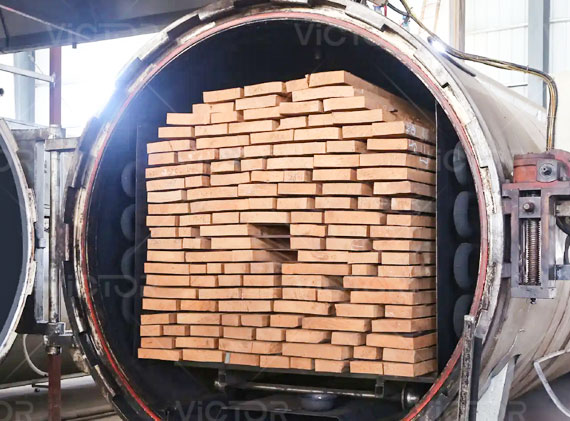
What Is Charcoal Carbonization?
Preheating stage
Firstly, the carbonisation furnace is started by PLC. Then heat the air inside the furnace body with charcoal, coal, electric, natural, etc.. So that the temperature of the furnace body rises gradually. Thus preheating the material. Evaporate the moisture and other volatile substances in the wood raw materials. Thus realising raw material drying and drying. At the same time reduce the gas emissions of the carbonisation process. Wood raw materials which hold hate moisture and volatile organic compounds. Therefore, they need to be dried and de-ashred. According to different raw materials, the pretreatment temperature and time are different. Take wood as an example. It needs to be dried first. Reduce the moisture content to less than 10%.
Carbonisation process
When the furnace temperature reaches a certain temperature is. The volatile organic compounds in the wood raw material begin to decompose. Combustible gases such as methane and carbon monoxide are produced. The solid part of the raw material also begins to carbonisation reaction. Eventually, carbonaceous solid fuels such as charcoal are formed. In the process of carbonisation, parameters such as material temperature and carbonisation speed need to be strictly controlled. This ensures that the carbonisation is completed with a high quality product.
Cooling Stage
After carbonisation, the volatile substances in the wood will be completely released. Only high quality and pure charcoal remains. The finished charcoal then passes through the cooling system. It is then cooled and discharged.
 Double Shaft Shredder Machine
Double Shaft Shredder Machine
 Single Shaft Shredder Machine
Single Shaft Shredder Machine
 Four Shaft Shredder Machine
Four Shaft Shredder Machine
 Tyre Shredder Machine
Tyre Shredder Machine
 Metal Shredder Machine
Metal Shredder Machine
 Wood Shredder Machine
Wood Shredder Machine
 Plastic Shredder Machine
Plastic Shredder Machine
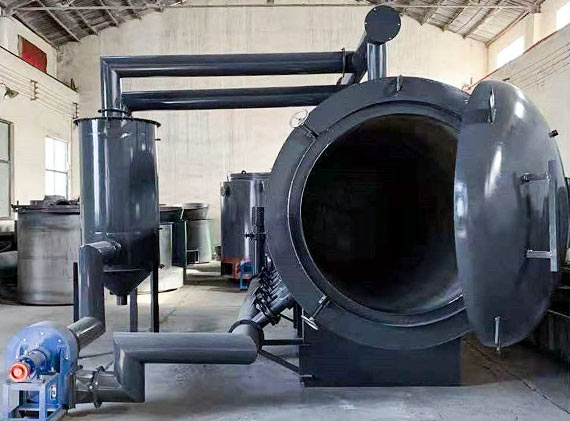 Horizontal Carbonisation Furnace
Horizontal Carbonisation Furnace
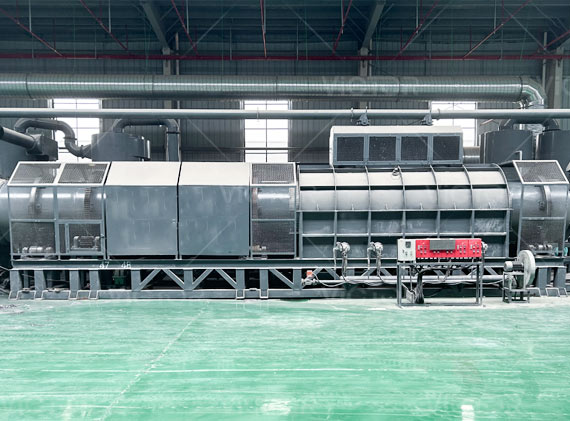 Wood Charcoal Carbonisation Furnace
Wood Charcoal Carbonisation Furnace
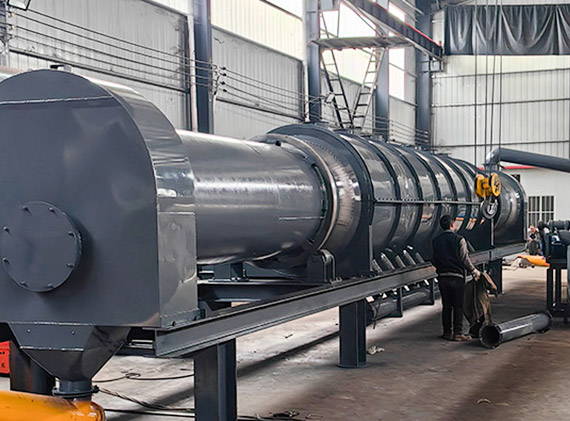 Waste Carbonisation Furnace
Waste Carbonisation Furnace
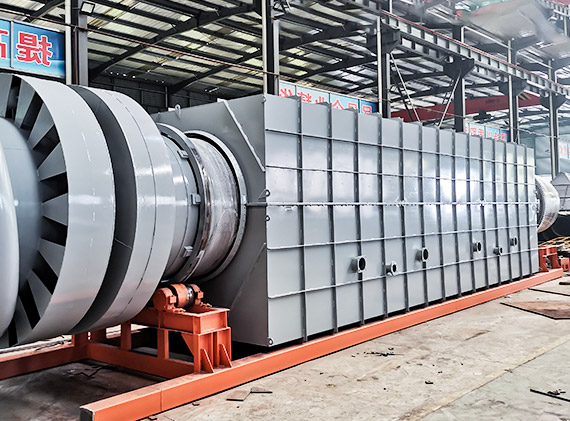 Sludge Continuous Carbonisation Furnace
Sludge Continuous Carbonisation Furnace
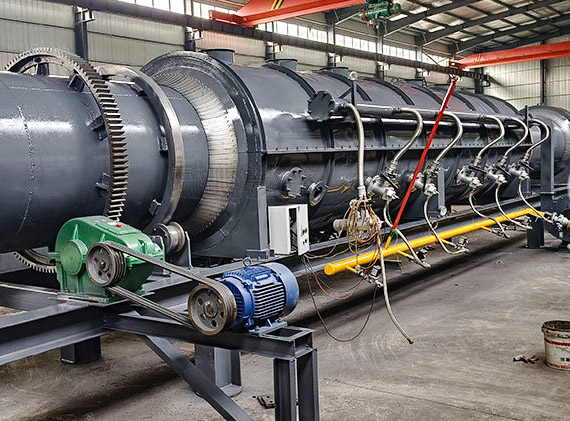 Biomass Carbonisation Furnace
Biomass Carbonisation Furnace
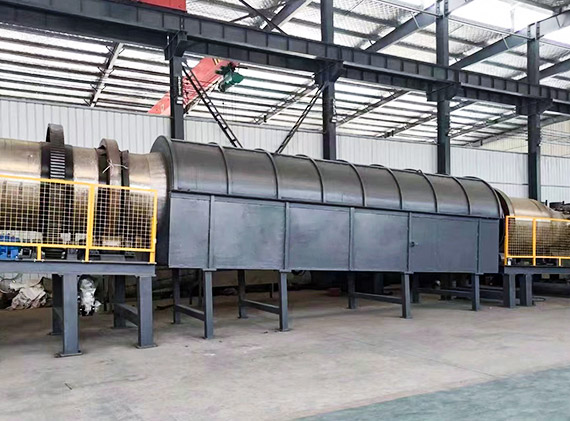 Coconut Shell Carbonisation Furnace
Coconut Shell Carbonisation Furnace
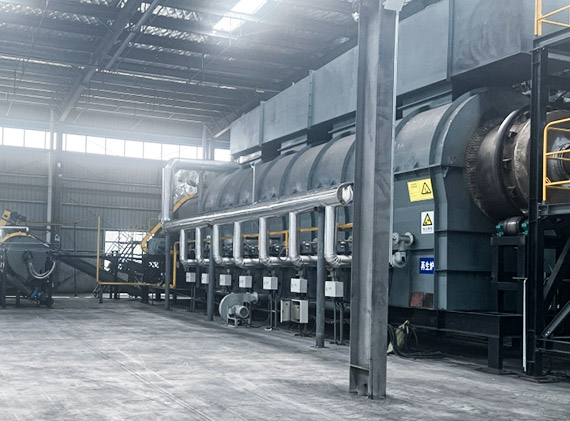 Continuous Carbonisation Furnace
Continuous Carbonisation Furnace


 Jaw Crusher
Jaw Crusher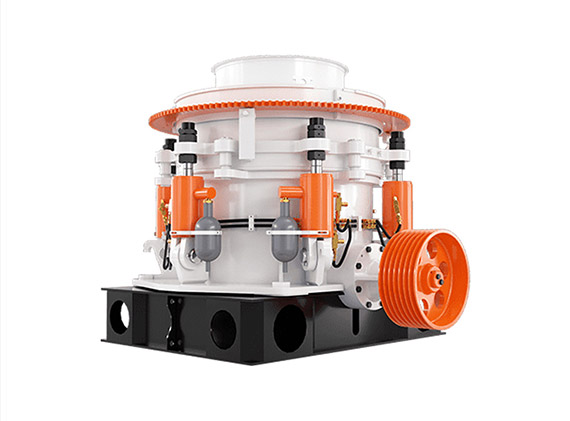 Cone Crusher
Cone Crusher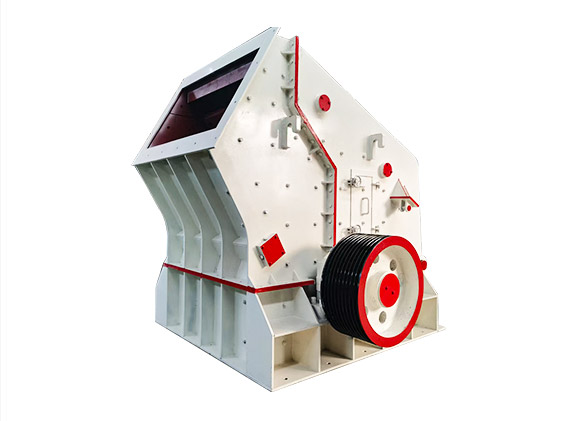 Impact Crusher
Impact Crusher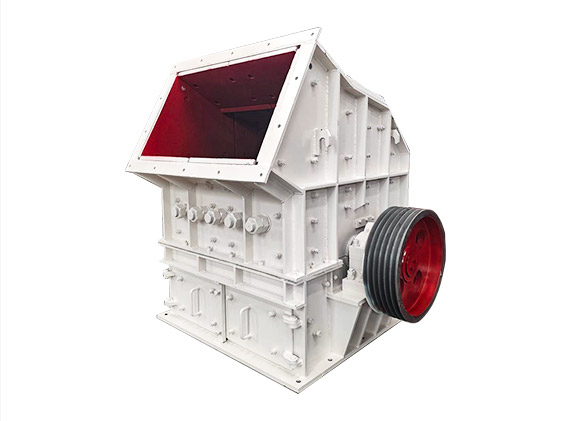 Hammer Crusher
Hammer Crusher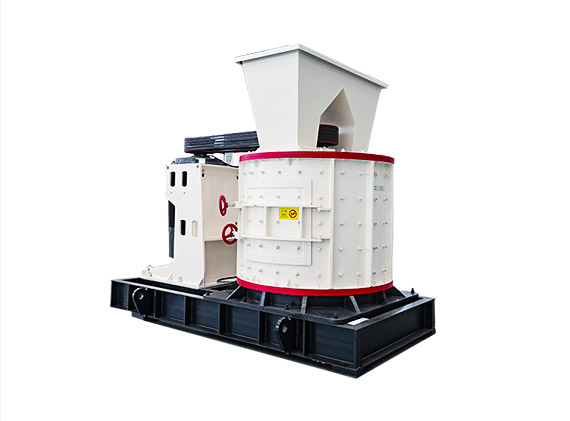 Impact Mill Crusher
Impact Mill Crusher Roll Crusher
Roll Crusher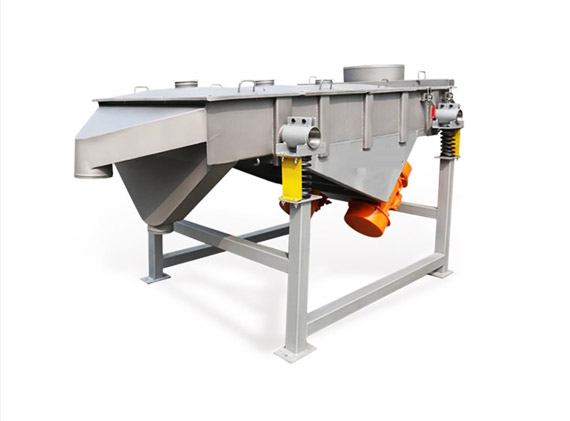 Linear Vibrating Screen Machine
Linear Vibrating Screen Machine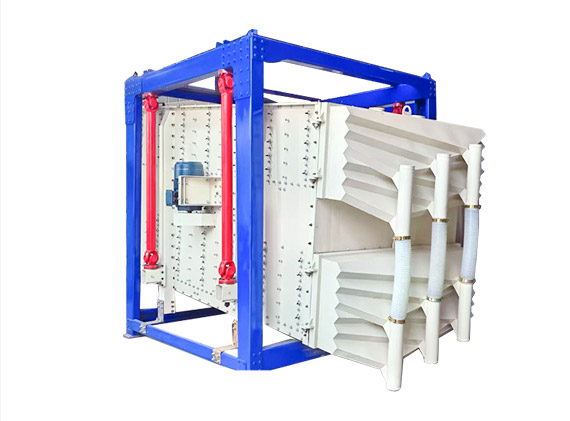 Swing Screen Machine
Swing Screen Machine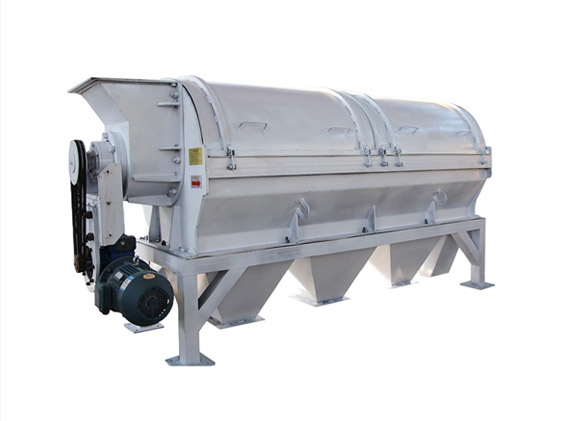 Tumbler Screen Machine
Tumbler Screen Machine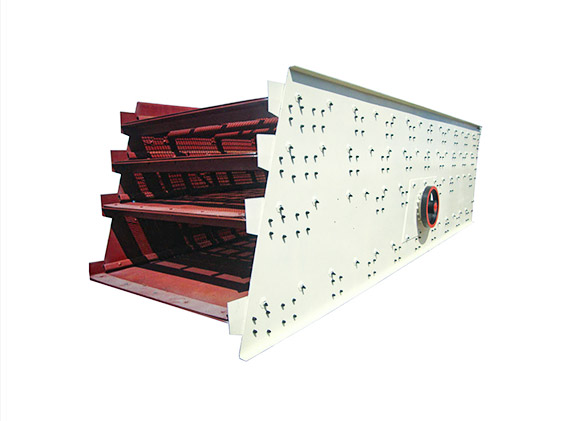 Circular Vibrating Screen
Circular Vibrating Screen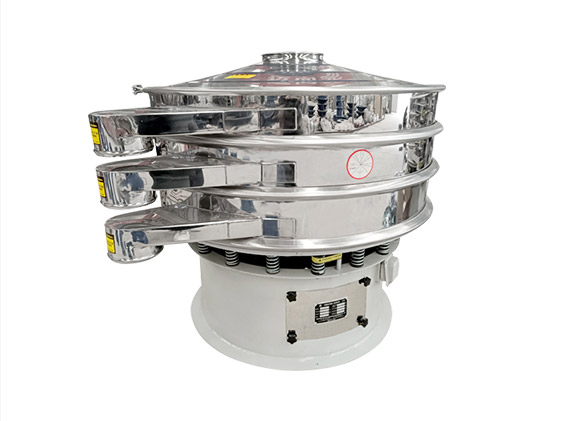 Cylindrical Rotary Vibrating Screen
Cylindrical Rotary Vibrating Screen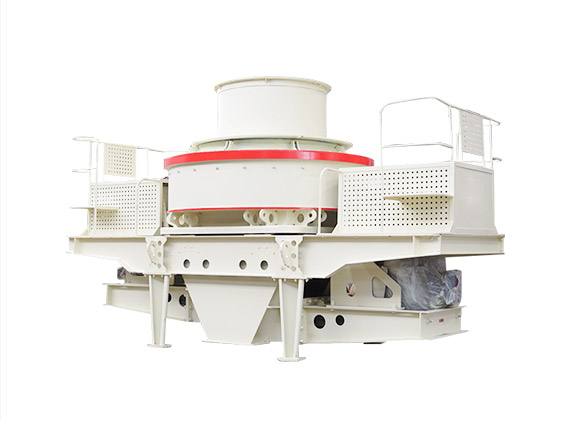 Sand Making Machine
Sand Making Machine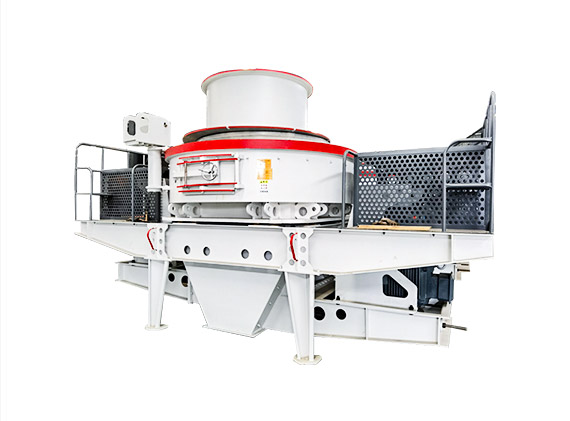 VSI Sand Making Machine
VSI Sand Making Machine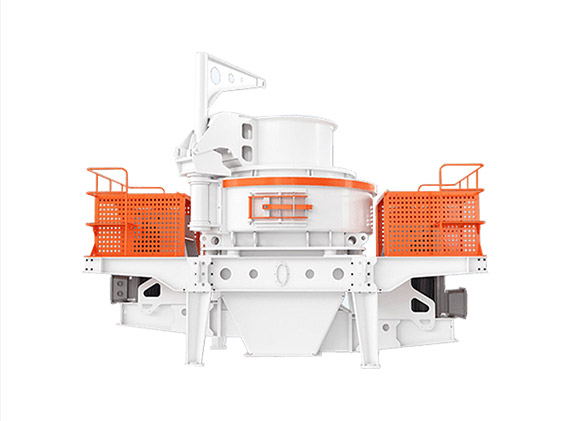 Impact Sand Making Machine
Impact Sand Making Machine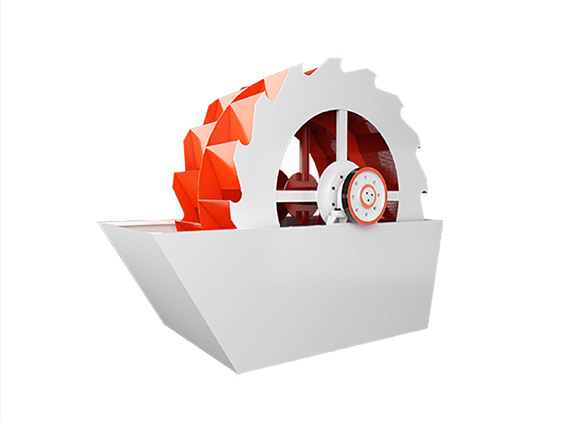 Sand Washing Machine
Sand Washing Machine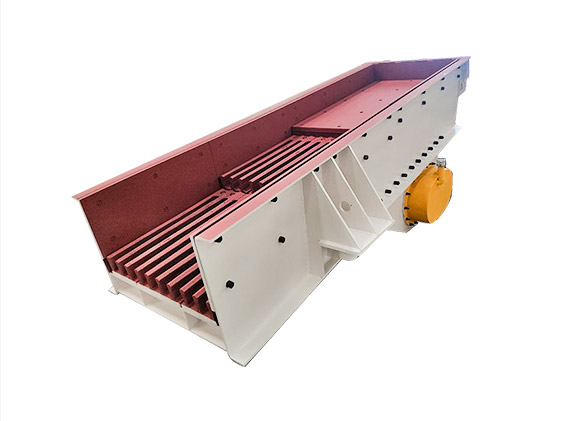 Vibrating Feeder
Vibrating Feeder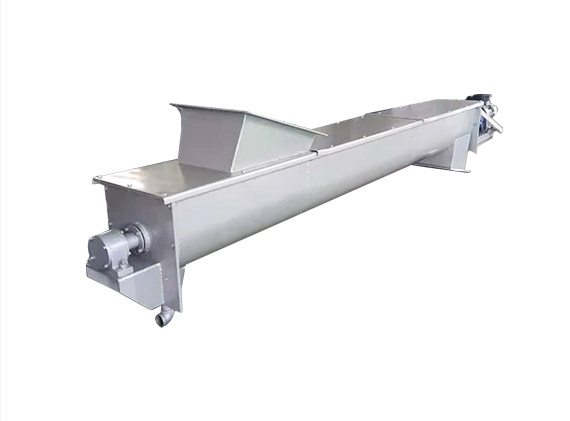 U-Shape Screw Reamer
U-Shape Screw Reamer Belt Conveyor
Belt Conveyor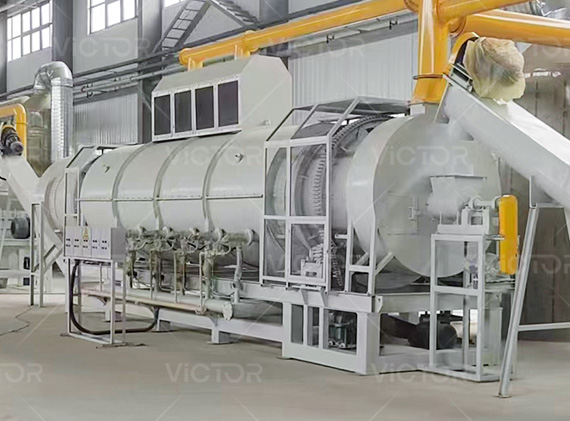 Biomass Pyrolysis Furnace
Biomass Pyrolysis Furnace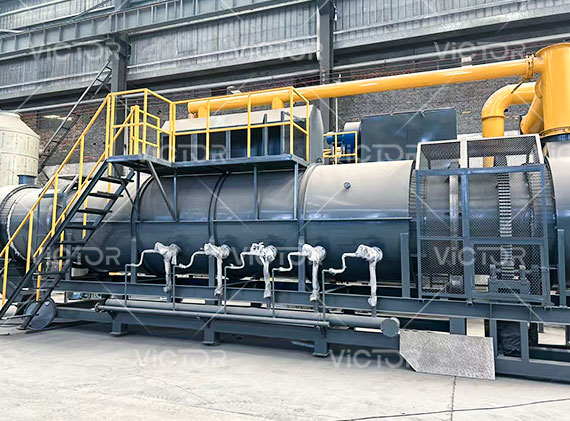 Lithium Battery Recycling Pyrolysis Furnace
Lithium Battery Recycling Pyrolysis Furnace Solar PV Panel Recycling Pyrolysis Furnace
Solar PV Panel Recycling Pyrolysis Furnace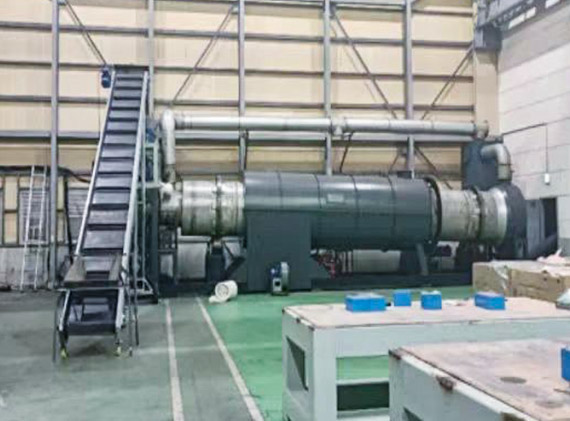 PCB Recycling Pyrolysis Furnace
PCB Recycling Pyrolysis Furnace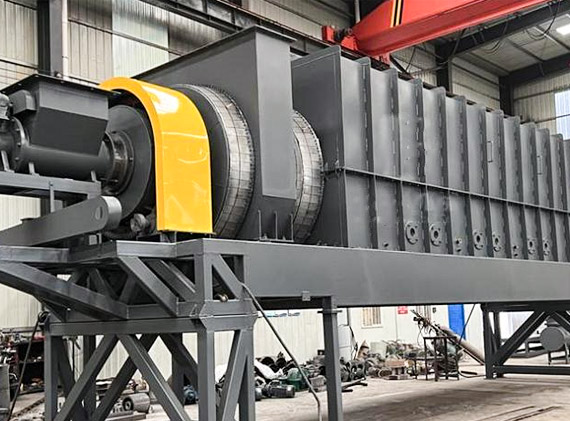 Carbonization Paint Removing Furnace
Carbonization Paint Removing Furnace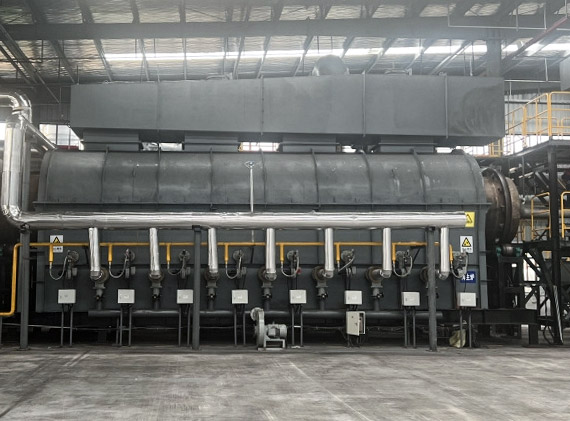 Capacitor Continuity Pyrolysis Furnace
Capacitor Continuity Pyrolysis Furnace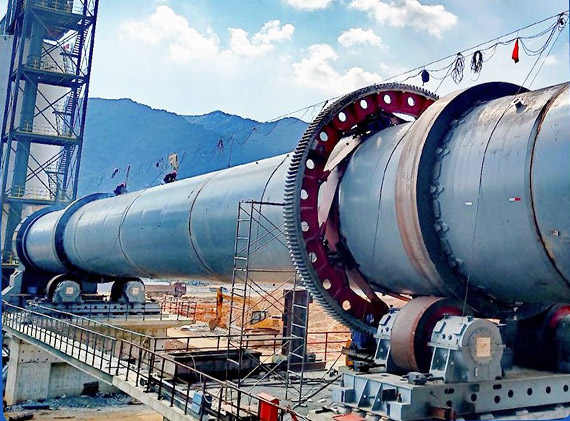 Rotary Kiln
Rotary Kiln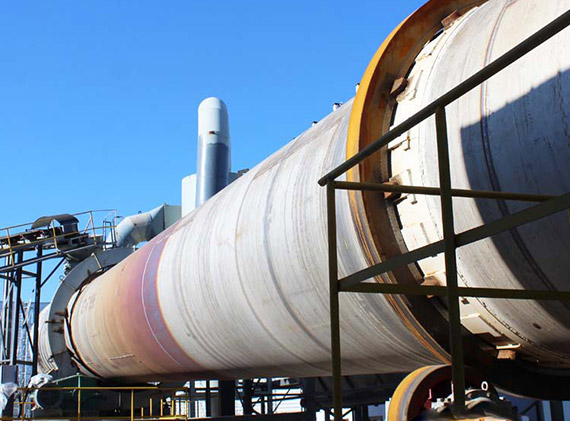 Waste Incineration Rotary Kiln
Waste Incineration Rotary Kiln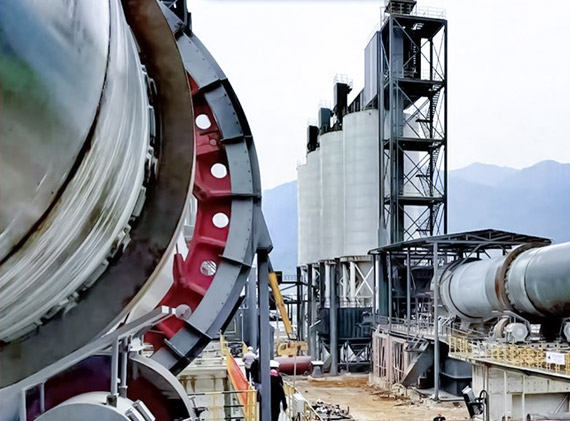 Metallurgical Rotary Kiln
Metallurgical Rotary Kiln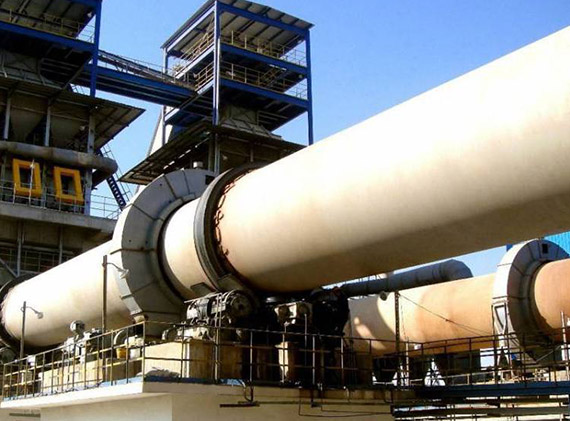 Cement Lime Rotary Kiln
Cement Lime Rotary Kiln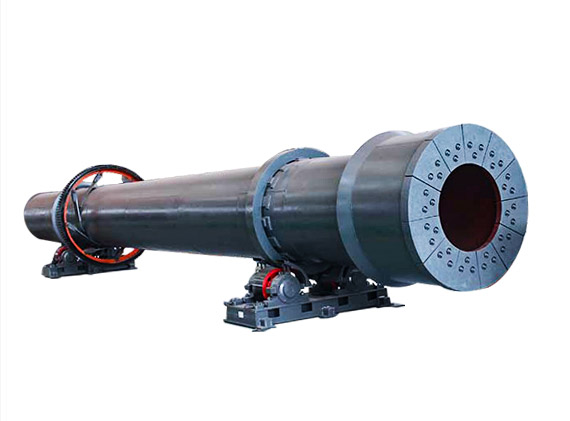 Rotary Drum Dryer Furnace
Rotary Drum Dryer Furnace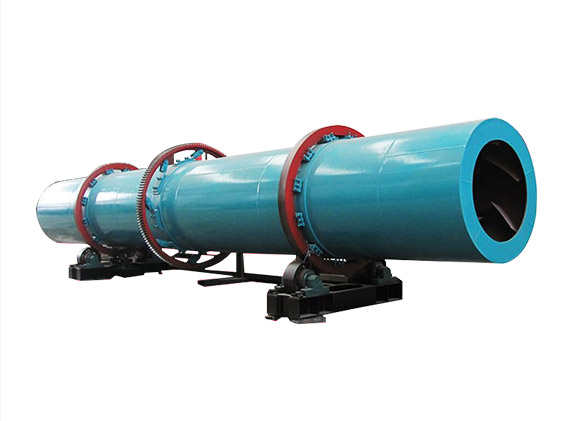 Drum Drying Dryer Furnace
Drum Drying Dryer Furnace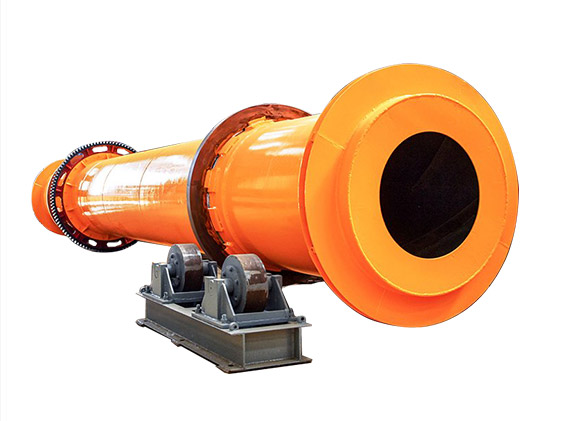 Industrial Dryer Furnace
Industrial Dryer Furnace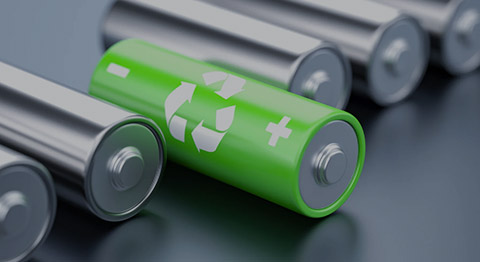 Lithium Battery Recycling Plant
Lithium Battery Recycling Plant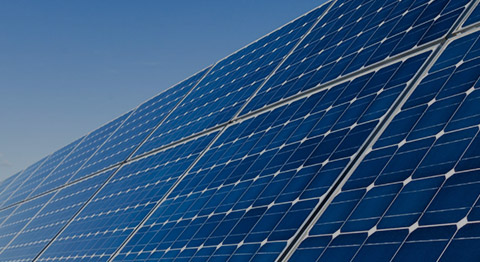 Solar Photovoltaic Panel Recycling Plant
Solar Photovoltaic Panel Recycling Plant PCB Circuit Board Recycling Plant
PCB Circuit Board Recycling Plant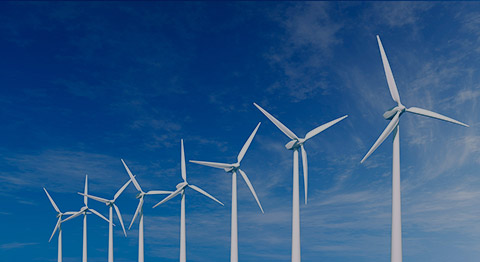 E Waste Recycling Plant
E Waste Recycling Plant Blog
Blog Company Blog
Company Blog Knowledge
Knowledge FAQ
FAQ

